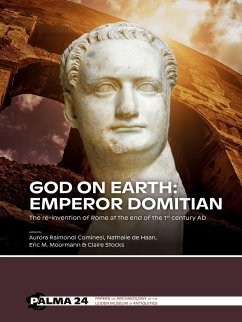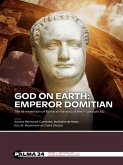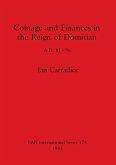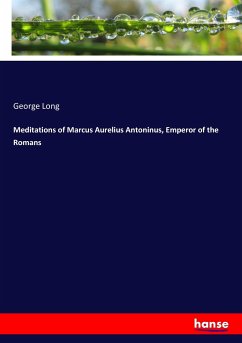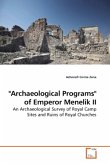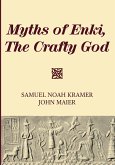In life, the emperor Domitian (81-96 CE) marketed himself as a god; after his assassination he was condemned to be forgotten. Nonetheless he oversaw a literary, cultural, and monumental revival on a scale not witnessed since Rome's first emperor, Augustus.In tandem with an exhibition in the Rijksmuseum van Oudheden in Leiden and the Mercati Traianei in Rome, planned for 2021-2022, this volume offers a fresh perspective on Domitian and his reign. This collection of papers, produced by a group of international scholars, gives a wholistic and interdisciplinary approach to the emperor and his works that begins with an overview of Rome and its imperial system and ends with a reappraisal of Domitian and his legacy.The subject of memory sanctions after his death, Domitian's reputation has suffered as a result of the negative press he received both in antiquity and thereafter. Building upon recent scholarship that has sought to re-evaluate the last of the Flavian emperors, the papers in this volume present the latest research on Domitian's building programmes and military exploits as well as the literary sources produced during and after his reign, all of which paint a picture of an emperor who - despite being loathed by Rome's elite - did much to shape the landscape of Rome as we know it today.ContentsPreface: Anchoring a New EmperorAndré Lardinois, Ineke SluiterIntroduction: Domitian, the Neglected Emperor Who Wished to Be GodAurora Raimondi Cominesi, Nathalie de Haan, Eric M. Moormann and Claire StocksPart 1: Ruling the EmpireEmperorship and Emperors before the Flavians Came to PowerOlivier HeksterRome AD 69: the City at the CrossroadsDomenico PalombiThe Rise of the FlaviansBarbara LevickImpact of Empire: Cremona, Bedriacum and BresciaFrancesca Morandini, Lilia Palmieri, Marina VolontéPart 2: Building the EmpireDomitian's Reshaping of RomeEric M. MoormannThe Arch of Titus in the Circus MaximusClaudio Parisi PresicceMaterial Culture in Britannia under Domitian;a Northern FocusBarbara Birley, Frances McIntoshDomitian and the Lower German Limes (The Netherlands)Jasper de BruinPart 3: The Image of the EmperorThe Image of the Emperor: Seeing DomitianJane FejferHistorical Reliefs and ArchitecturePaolo LiveraniThe Image of the Emperor in Contemporary Epic PoetryClaire StocksImperial Women and the Dynamics of Power. Managing the Soft Power of Domitia Longina and Julia TitiLien FoubertPart 4: The World of DomitianLiving Like the Emperor: A Portrayal of Domitian in his Villas and on the PalatineAurora Raimondi Cominesi and Claire StocksBetween Magnificence and Misery: Living Conditions in Metropolitan RomeNathalie de HaanEntertainment and Spectacle during Domitian's RuleDaniëlle SlootjesDomitian and the CapitoliaOnno van Nijf, Robin van Vliet, Caroline van ToorArchaeological Evidence from Domitian's PalatineNatascha SojcAlbanum Domitiani, Domitian's Villa in Castel GandolfoClaudia ValeriPart 5: Man and GodDomitian and ReligionFrederick G. NaereboutMaster and God: Domitian's Art and Architecture in RomeDiane Atnally ConlinMan and God: LiteratureAntony Augoustakis, Emma BuckleyAnchoring Egypt. The Iseum Campense and Flavian RomeMiguel John VersluysPart 6: Fall and Afterlife Regime Change/Reputation in AntiquityPortraiture and Memory SanctionsCaroline VoutDomitian and the Temples of EgyptOlaf E. KaperDomitian's Damned Memory in the Fourth and Fifth CenturiesMaria Paolo Del Moro'An Enemy of God' on the Imperial Throne? The Reception of Domitian during the Middle AgesNine Miedema

